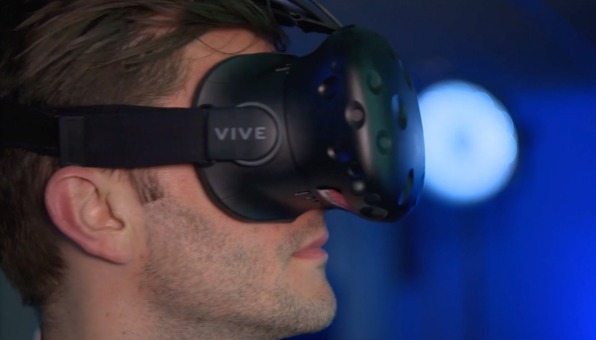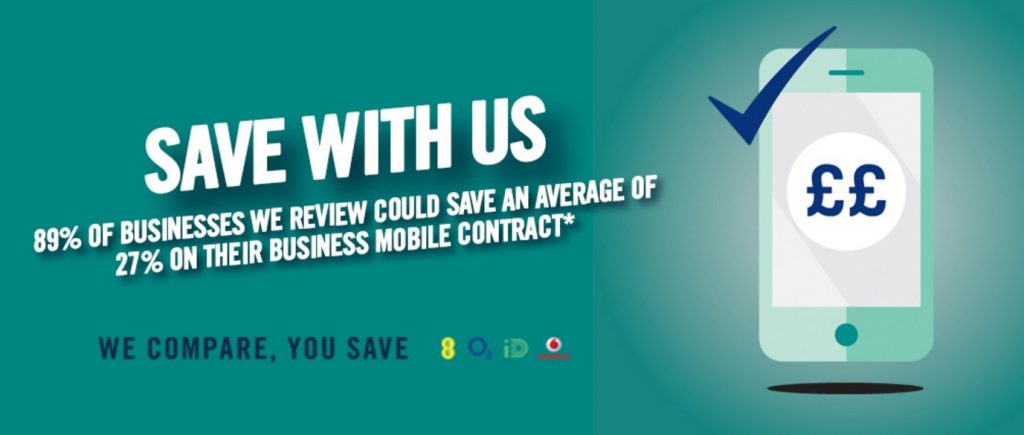
It’s no secret that we’re pretty passionate about VR games and experiences. Our brilliant RnD team is constantly looking for ways to apply the most cutting-edge technology to our business, and VR is a big part of what we do.
However, while many tech companies like us have been exploring virtual reality over the past few years, we’re still a long way away from VR being integrated into everyone’s life. We all know this one guy with a Samsung Gear VR, but what does he really do with it? … Actually, we’re not sure we want to know the answer. (Porn. He uses it to watch porn.)
Are consumers ready for virtual reality? We definitely think so. The real question is, who will be the first to make VR truly accessible to everyone? From Facebook, to Apple and GoPro, we take a look at the big names looking to bring VR to a wider market.
The Big Names in VR
Since Mark Zuckerberg’s Facebook acquired Oculus VR (for $2 billion, no less), the social network has been exploring ways to apply virtual reality to digital social interaction – in case you needed any further proof that society is doomed and we’re slowly but surely becoming like the humans in Wall-E.
Facebook wants us to be able to hang out virtually with friends and family: watching films, playing games, and even visiting Mars will become the new normal in social interaction. It also wants us to feel our friends’ ‘social presence’ – which means everyone will be represented by an animated avatar, which they’ll be able to move, as well as show facial emotion.
Google Daydream
Most of us know of Google’s forays into virtual reality with the ultra-cheap Google Cardboard headset. But the company has since launched the Daydream VR platform, which features 360-degree videos and experiences from a wide range of partners, such as Netflix, The Guardian, BBC and CNN.
The focus is bringing VR to mobile devices – the Daydream View headset is compatible with Google’s own Pixel phones, but also the Moto Z range from Motorola – for consumers who may not be able to afford or store the more expensive, bulkier HTC Vive or Oculus Rift. Google’s Daydream app is also open to software and games developers, allowing people to create the VR environment they really want.
GoPro
The well-known brand of action cameras, favoured by skiers and backpackers on their gap yah, has now released a 360-degree camera rig as well as a VR platform where users can upload their videos. The GoPro Omni is a cubical cage with six slots for six GoPro cameras, allowing users to record 360 videos.
GoPro also released some video-stitching software, Autopano, to stitch the recordings together and create a single, VR-ready video. On their official website, GoPro share some of their users’ creations – from music to sport and travel.
Apple
Are we even supposed to talk about this…? While nothing’s been made official quite yet, there’s rumours of an Apple VR headset being released soon. Patents have been filed, images have been leaked, and virtual reality experts have been hired… So we’re pretty confident something will happen.
This could be huge for VR: Apple is one of the most famous brands on the planet right now, and it’s well-known for its capacity to make anything user-friendly, which basically means everyone will soon be sporting Apple-made VR headsets.
What do consumers really want from VR?
Not just games, that’s for sure. Research has shown consumers are interested in more than gaming, which only came sixth in the list of uses people would want to make of VR. All thought to be more interesting and/or important were:
- Travel
- Films
- Live events, music and theatre
- Home design
- Education
However, VR is still seen as a gaming-only medium, and consumers are waiting for brands to produce content more suited to their expectations, as well as for VR devices to become more affordable. (The HTC Vive costs over £700 – not exactly the best thing for an infrequent user. And that’s not even counting the £1000-£1500 desktop computer to go with it.)
Other (older) research also showed that a large percentage of consumers would be interested in shopping via virtual reality, believing they’d get a better feel for an object than they currently do when shopping online. Haptic technology will play a crucial part in this, as touch is the sense that’s the hardest to replicate in VR.
What about social? VR is still – quite rightfully so – seen as an isolating thing (I mean, you’re effectively blind/deaf to the real world and people around you while the headset is strapped to your face) and many people feel it might damage social relationships and interaction. Even Facebook’s announcement has been met with criticism – and they’ll need to work hard to prove to consumers that virtual reality interactions will be as valuable as real-life ones.
How can brands make VR more accessible to everyday consumers?
The main things to consider for virtual reality to fully go mainstream will be:
- Affordability
- Portability
- User-friendliness and experience
Smaller, less expensive headsets will be the key to pushing VR towards a less gaming-oriented audience, as well as the availability of VR experiences – content should be available online, like livestreams, travel demos, online shops, and social interaction or multi-player games.
Allowing consumers to create their own content to share with friends could also be a way to bring VR to the mainstream: making 360-degree cameras more affordable and easy to use will be the first step to ensuring taking a 360-degree video becomes as natural as taking a selfie on Snapchat.
Have a virtual reality idea you’d like to talk to us about? Get in touch!



